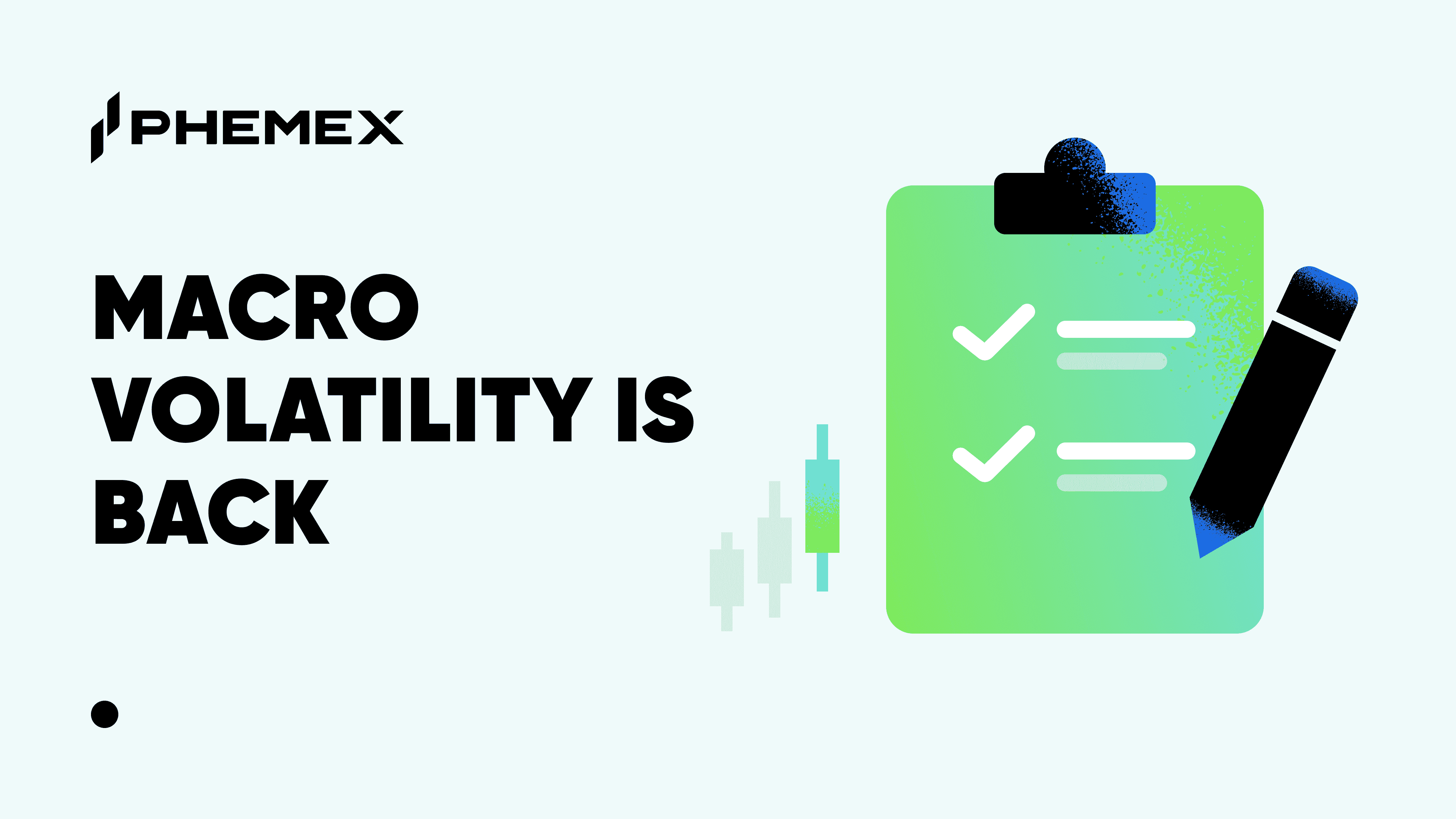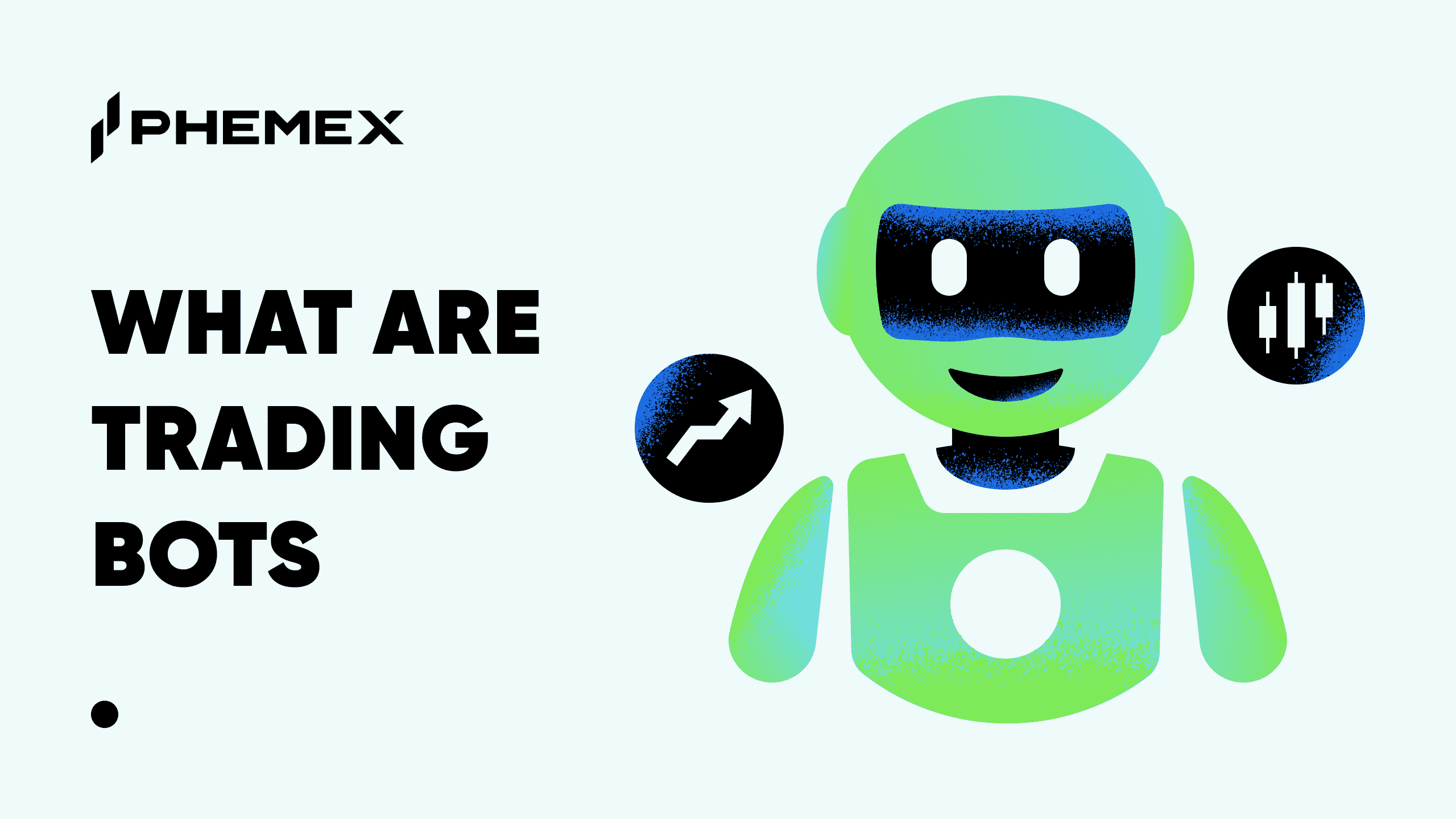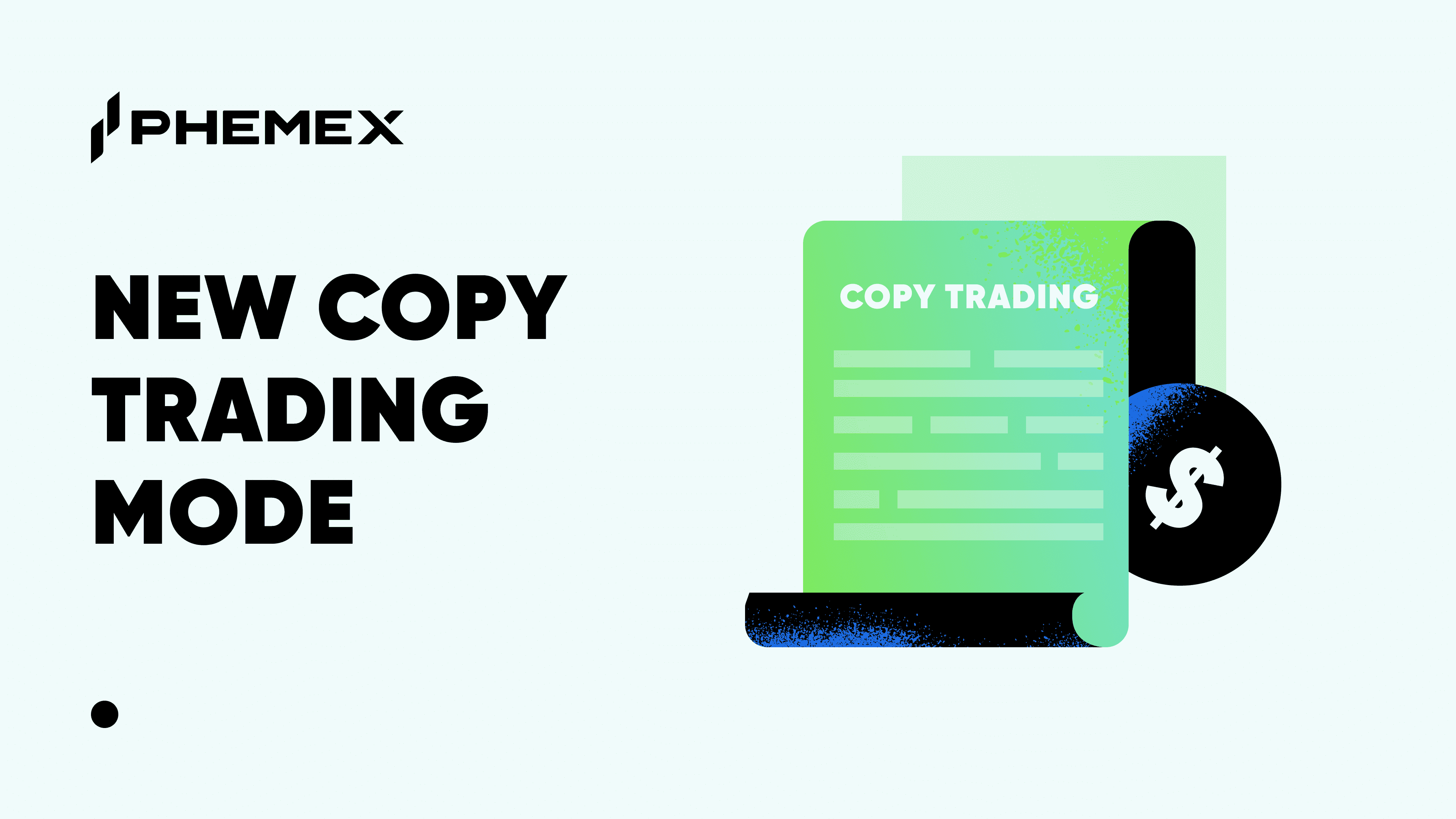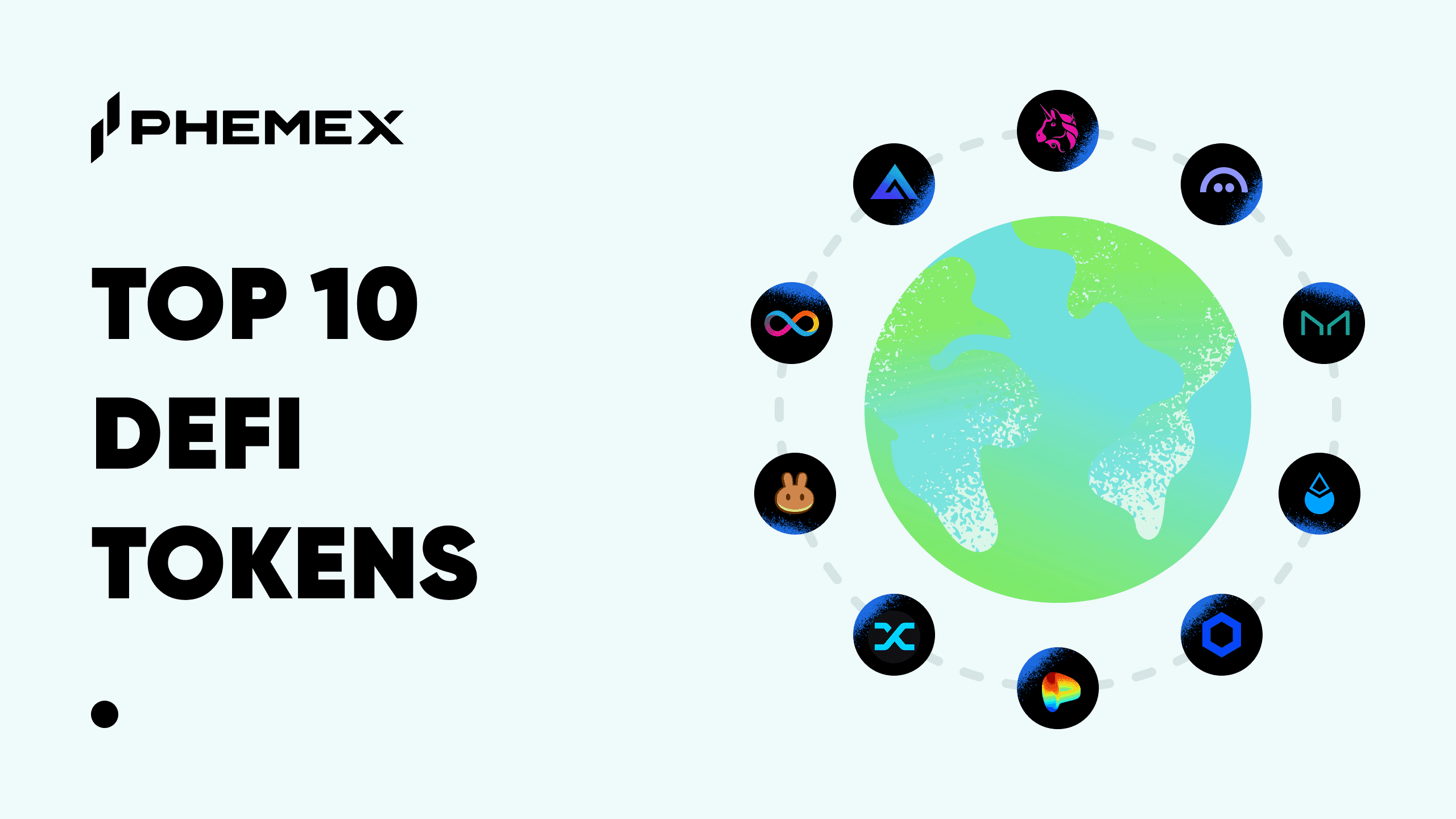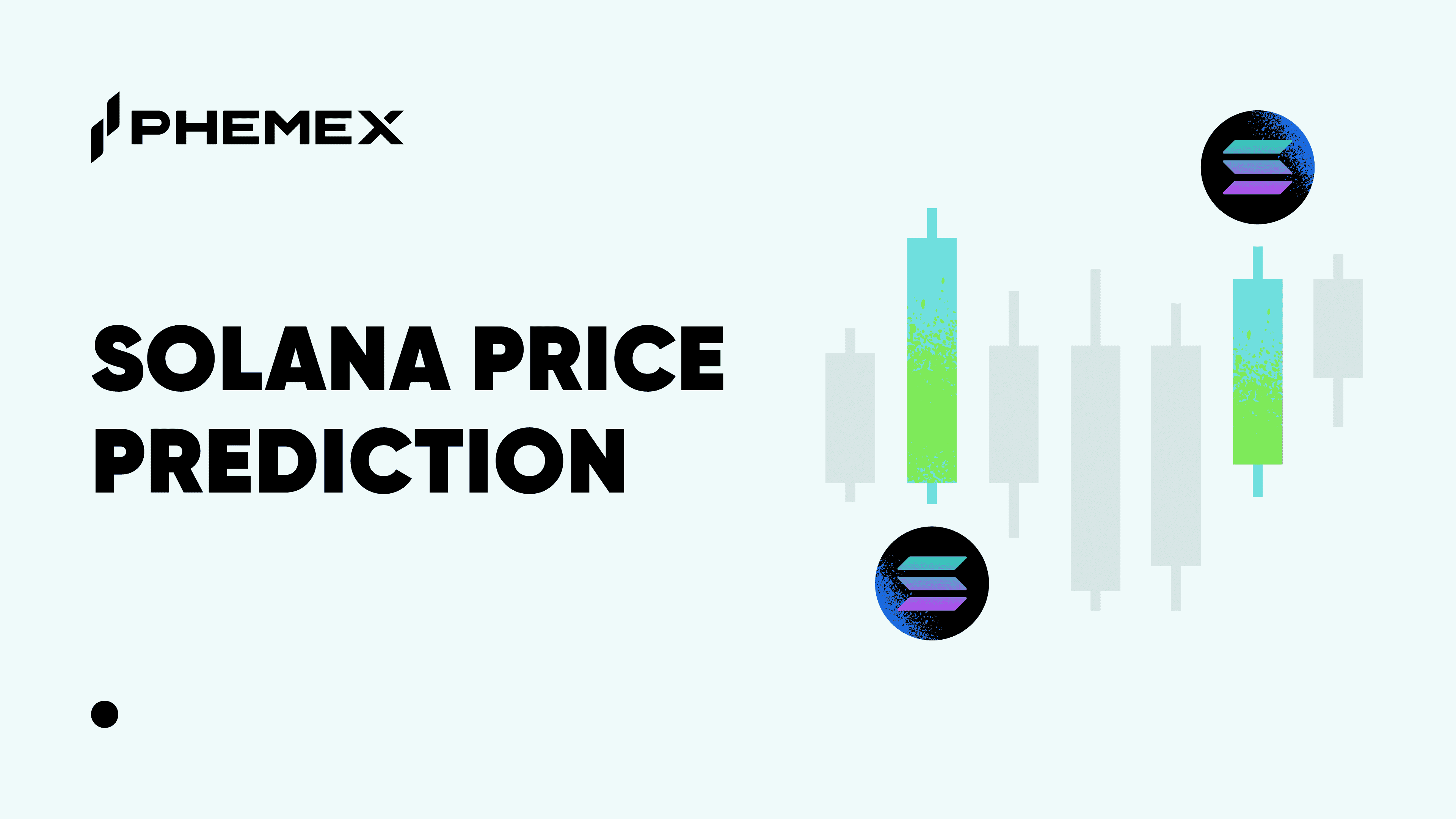Summary:
- Yield farming protocols can offer APYs of up to 3,000% in 2022.
- Yield farming is a very high risk, high reward investment strategy; as such, fortunes can be made, but they can also be lost just as easily.
- If you’re interested in getting into yield farming, creating a yield farming crypto list, listing the highest yield farming rates and the yield farming risks for each protocol is a good starting point.

As crypto and decentralized finance grow in popularity, making lots of money quickly has become harder, as a larger number of investors and the growing number of coins makes the previously common 100x of crypto prices less achievable. In addition, there is the risk of scams, cyberattacks and rug pulls.
With the increased competition and the ever-present threats, how can an investor make a fortune in crypto in 2022?
Yield farming is one of crypto’s high risk, high reward investment strategies, where investors switch between protocols with the highest yield farming rates to maximise returns.
Yield farming can mean annual percentage yields (APYs) of 3,000% and more, but it is by no means guaranteed.
To help today’s yield farmers answer questions including “How to start yield farming?” “How much can you make yield farming?” and of course, “What are the risks of yield farming?”, this article discusses how to yield farm crypto and answers the biggest question of all–“Is yield farming worth it?”
But first, a quick recap.
What Is Yield Farming?
Yield farming is the process of leveraging multiple DeFi protocols to maximise returns on capital. This usually involves staking or lending crypto assets across protocols to generate high returns or crypto rewards.
As it involves switching between protocols and swapping cryptocurrencies in a highly volatile asset class, yield farming DeFi is considered a high risk-high return strategy.
Although not as high as what was seen during the DeFi summer of 2020, the total value locked (TVL) in yield farming protocols in 2022 remains above $6 billion, which shows that yield farming in 2022 is still an attractive avenue of profit generation–even during a crypto bear market.
To ensure maximum gains through yield farming crypto, a yield farmer will look for the best yield farming strategy and choose the best yield farming crypto platforms with lower yield farming risks.

Chart depicting TVL in yield farming DeFi protocols from Jul 2021 to Oct 2022. (Source: stelareum)
How Does Yield Farming Work? And How Do Yield Farms Make Money?
Yield farming works by switching between lending, staking, and providing liquidity across cryptocurrency protocols to continue earning the highest yields. This process is known as “crop rotation.”
Every yield farmer will choose the best yield farming strategy for them. However, there are two core yield farming methods that remain the most popular and offer the best return of investment (ROI). This is how they work and how they make money:
Liquidity mining
This yield farming method leverages any protocol that rewards coin holders for adding liquidity to their liquidity pool (LP). In addition to the crypto rewards, the yield farmer will gain the usual ROI for holding a crypto that is increasing in value.
An up-and-coming example can be found in the Cardano protocol’s DJED stablecoin. Here, yield farmers will earn rewards for holding SHEN, the stablecoin’s reserve currency that adds value to its LP.
In addition, as the LP fills with more value, the protocol, and thus the SHEN token, will also rise in value. This would mean that the yield farmer earns the crypto yield farming reward and the additional appreciation in SHEN’s value since initial investment.
Leveraged yield farming
Leveraged yield farming is another popular yield farming crypto method with potentially ultra-high ROI. It consists of using borrowed money to maximise possible returns. Here, a yield farmer will deposit coins as collateral on a lending platform, such as AAVE or Compound, in order to borrow funds.
Then, they will use the borrowed funds as collateral on another platform to earn more interest than what they are paying to the lending platforms, in order to maximize their returns.
By repeating this process multiple times, the yield farmer can use leveraged yield farming to multiply their initial capital many times over.
Some might consider this the best yield farming strategy, but it goes without saying that the yield farming risks here are exceedingly high—so high in fact, that losses make some wonder “Is crypto farming legal?”
What Are the Risks of Yield Farming?
Another element that contributes to the sky-high returns a yield farmer can obtain is the very high yield farming risks they expose themselves to. These include:
- Liquidation of collateral: Whenever a trader borrows money from Platform A to farm yield on Platform B, he has to put up collateral on Platform A first. If the value of his collateral drops in value, it may get liquidated immediately by the lender to cover the risk of default by the trader.
- Impermanent loss in yield farming: Assets deposited in an LP can lose their value while locked up. This price fluctuation is usual in crypto, but the loss in value can seriously affect a yield farmer as they often need to pay back their loans from their leveraged yield farming. This loss in value during the crypto yield farming process is known as permanent loss yield farming.
In addition to the above, risks such as smart contract bugs and yield farming DeFi attacks targeting LPs make yield farming a high risk-high reward investment strategy.

Is Yield Farming Still Profitable?
You may wonder how profitable is yield farming? Or even is yield farming still profitable? To know how much you can make yield farming, you must first determine how much work you are willing to put in and what your risk tolerance is.
Even in 2022, some yield farms offer APYs of near 3,000%, with over 100% APY being easy to find. Compare this to a standard centralized savings account in 2022, which rarely offers above 2.5% APY (and this is high), and the answer becomings a resounding “yes.”
However, despite these potentially high ROI, a yield farmer must not forget the yield farming risks involved. So, the question to ask may not be is it profitable, but “Is yield farming worth it for you?”
In the end, whether yield farming DeFi generates profits will be down to how much research and strategy planning the farmer is willing to put in, what their risk tolerance is, and of course, a dose of luck.

A yield farming list on PancakeSwap with the highest APYs.
How to Start Yield Farming: 3 Tips
If the answer to “Is yield farming worth it for you?” is yes, here are some steps you can take:
1) Choose a good yield farm with the highest yield farming rates
To choose a good yield farm, or yield farming protocol, a yield farmer should build a yield farming crypto list.
Good places to begin researching for this list include CoinMarketCap and Stelareum, where a yield farmer can find the current yields of top crypto yield farming platforms, such as Convex Finance, Alpaca Finance, and Yearn Finance.

Top yield farming tokens on CoinMarketCap (Source: CoinMarketCap)

Top yield farming protocols on Stelareum (Source: Stelareum)
Here, they will list the highest yield farming rates available on each protocol, the yield farming risks involved, and the best yield farming strategy to use in each.
For example, a yield farmer might find a new LP offering the highest yield farming rates on the yield farming crypto list. However, as a new LP, it might have increased yield farming risks, such as attacks or price volatility. This could mean the risk outweighs the reward, so ask yourself “Is yield farming worth it on this protocol?”
Likewise, this same scenario may be worth it if the loss in value from volatility is made up for by the sheer volume of crypto rewards. For this reason, making a comprehensive yield farming crypto list before starting is very important in choosing a good yield farm.

2) Avoid yield farming risks
There are multiple ways to avoid yield farming risks, but none of them are failproof as crypto is extremely volatile. In addition to making a comprehensive yield farming crypto list, the yield farmer should establish his individual risk tolerance, since completely avoiding yield farming risks is impossible.
Similarly to stocks and bonds, yield farming offers different levels of risk-to-reward ratios. If the yield farmer establishes that their tolerance to risk is low, the best yield farming strategy for them will be staking or lending established coins, such as Ethereum (ETH). This will mean lower risk but lower reward.
If a yield farmer has a higher risk tolerance, the best yield farming strategy for them may be in newer, more volatile protocols. Here, yield farming will have the highest yield farming rates. Additionally, leveraged yield farming, where risk is higher due to collateralized loans, will boost the power of initial capital, meaning higher rewards (if all goes well).
3) How often should you harvest yield farming to make money?
How often you farm will depend on your yield farming strategy and your tolerance to risk. If providing liquidity to a certain pool, or lending and staking assets for crypto rewards on a certain protocol, is still lucrative, then it could be worth continuing.
However, yield farming risks are multiplied due to crypto price volatility, so it is important to know when to farm your yield and switch yield farming strategies.
To do this while maintaining the highest yield farming rates and avoiding yield farming risks, a yield farmer must research their assets. Using technical analysis tools and consulting experts are two ways to ensure a yield farmer rotates their crops in good time.
The answer to “How often should you harvest yield farming to make money?” therefore depends on each protocol, and whether your research tells you it is time to switch strategies and protocols.
Read More
- What is Yield Farming & How does it Work?
- Yield Farming vs. Staking vs. Liquidity Mining: All You Need to Know
- What Is DeFi: How To Be Your Own Bank With $100
- What is Defi 2.0 Protocol & How does it Work?
- https://phemex.com/academy/defi
- What are Crypto Dividends & How do they Work?
- What Does the DeFi Hype Mean for ETH?
- APY (Annual Percentage Yield): How does APY work in Crypto?






